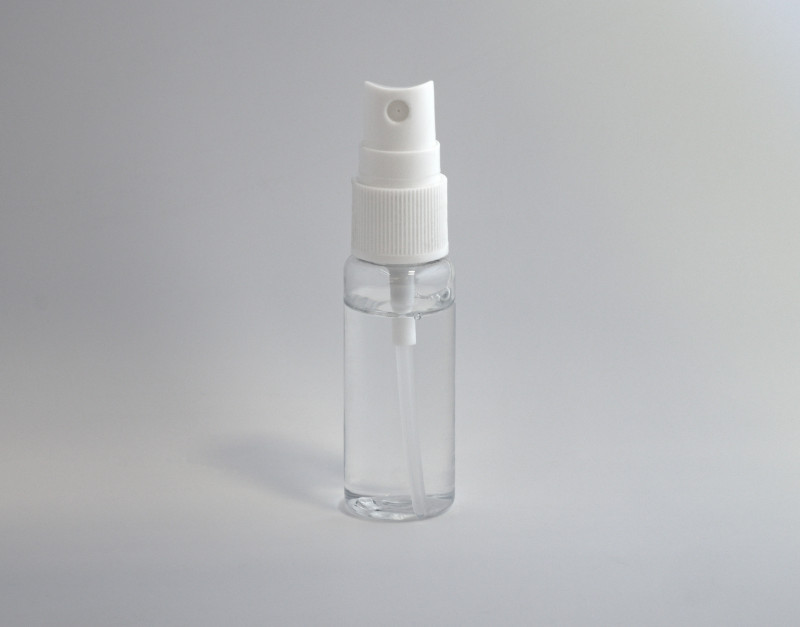Sativex Eased MS Spasticity as an Add-on Therapy

Brett Jordan/Unsplash
Sativex (nabiximols), an oral spray that contains cannabis extracts, was found effective as an add-on therapy for easing spasticity in adult multiple sclerosis (MS) patients who failed to respond to other anti-spastic treatments, a real-world study from Belgium reports.
Overall, about 74% patients reported easing of spasticity — muscle stiffness or spasms —after 12 weeks of treatment, defined as a 30%-or-greater reduction in spasticity scores.
The study, “Sativex (nabiximols) cannabinoid oromucosal spray in patients with resistant multiple sclerosis spasticity: the Belgian experience,” was published in the journal BMC Neurology.
Sativex, developed by GW Pharmaceuticals, is an oral spray that contains cannabidiol (CBD) and tetrahydrocannabinol (THC), two of the most abundant cannabinoids found in the cannabis plant.
Sprayed under the tongue or inside the cheek several times a day, Sativex is available in 25 countries — including most of Europe and Canada, but not the U.S. — as an add-on therapy for adult patients with moderate-to-severe MS spasticity who fail to respond to other anti-spastic treatments.
Since its approval, real-world data has supported the therapy’s efficacy, but health authorities in in Belgium requested further data on efficacy and safety for reimbursement purposes.
In agreement with this request, researchers in Belgium conducted a retrospective analysis of 276 adult MS patients from eight different centers who received Sativex, as an add-on therapy, from March 2016 to December 2017.
Patient-reported outcomes were evaluated before starting the treatment (baseline), and then at four, eight, and 12 weeks of treatment. A smaller group of patients continued the treatment for up to 15 months and also was evaluated.
The study’s outcomes included overall changes in spasticity, assessed using a patient-rated spasticity Numerical Rating Scale (NRS, scores from zero to 10, with 10 being the most severe), medication usage, treatment discontinuations, and tolerability. Quality of life also was investigated using the EuroQoL Visual Analogue Scale (EQ VAS), a self-assessed quality of life rating; scores range from zero (worst possible health) to 100 (best possible health).
Only patients who experienced a 20%-or-greater reduction in NRS scores after four weeks and of 30% or greater after eight weeks were allowed to continue treatment. If they failed to reach that minimum clinical improvement, reimbursement would be withdrawn.
From the 276 patients, 238 underwent treatment for a minimum of four weeks, and 230 continued the treatment for eight weeks. A total of 180 remained on Sativex for six months and 113 for a year (12 months).
Overall, the number of sprays per day remained fairly constant throughout the 12 months, with a mean of approximately six daily sprays.
Within four weeks of treatment, the average NRS scores dropped from a mean of 8.1 (before beginning Sativez) to 5.2 points, and were further reduced to 4.6 points following eight weeks and to 4.1 points at 12 weeks. Scores were maintained at about 4 points for the remaining period.
Regarding the criteria for reimbursement, a total of 73% of patients experienced at least a 20% improvement in spasticity after four weeks, and 89% achieved a 30% or greater improvement after eight weeks.
This 30% improvement was maintained in 74% of patients at 12 weeks, meaning that these patients met the Belgian criteria for continued reimbursement of Sativex.
In parallel with the easing of spasticity, patients’ quality of life improved sustainably over the treatment course, with scores reaching 59 points at weeks 12 and 64 after one year, compared with a score of 39 before Sativex initiation.
Regarding safety, less than 10% of patients who initially started Sativex treatment reported some adverse side effects during the first 12 weeks, the most common of which were dizziness and fatigue, followed by vomiting and bad taste, and, more rarely, dry mouth and nausea. However, patients experienced no serious or unexpected adverse side effects.
About one third of the patients discontinued treatment, but the most common reason was perceived lack of effectiveness (16.3%), followed by poor tolerability (6.5%).
Overall, “more than 60% of the patients with MS who started add-on treatment with cannabinoid oromucosal spray reported a clinically relevant symptomatic effect and continued treatment after 12 weeks,” the researchers wrote.
These findings show that Sativex “can be effective and safe in a meaningful proportion of patients with MS spasticity who do not respond sufficiently to other treatments in a real-world setting,” the study concluded.







